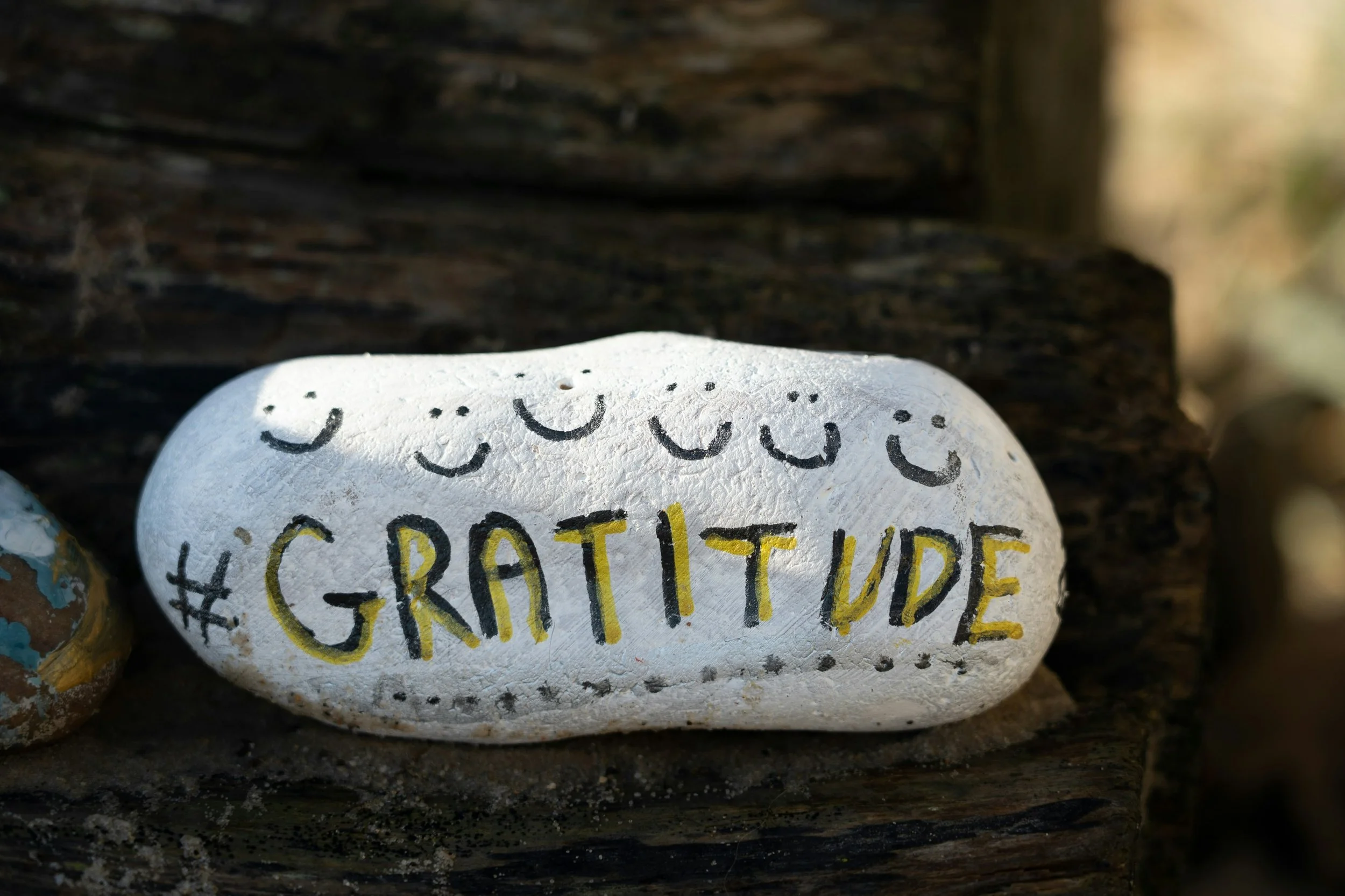Authentic Gratitude vs. Toxic Positivity: Finding What’s Real in a Culture of “Good Vibes Only”
Toxic positivity demands a smile.
Authentic gratitude invites honesty.
Every November, the messages of gratitude seem to multiply: Be thankful! Stay positive! Focus on the good!
It sounds uplifting, but when you’re exhausted, grieving, or anxious, it can feel like a quiet dismissal of your reality.
The truth is, gratitude and pain can exist side by side—and that’s where authentic gratitude begins.
Many of us were taught to “look on the bright side” or “stay strong” when life got hard. It’s a well-meaning habit rooted in the idea that positivity equals resilience. But research and lived experience tell a different story. When we bypass pain in the name of positivity, we don’t become stronger—we disconnect from our own humanity.
Authentic gratitude doesn’t deny difficulty. It simply allows us to hold both truth and appreciation at once: This is hard, and I’m thankful for what helps me get through it. That small shift changes everything.
Why this matters
Toxic positivity is the pressure to be happy or grateful instead of being real. It’s the “good vibes only” mindset that dismisses normal human emotion. Psychologist Susan David calls this “the tyranny of positivity,” where discomfort becomes something to hide rather than to understand.
Authentic gratitude, on the other hand, is grounded in mindfulness and truth. It doesn’t try to erase emotion—it helps you expand your capacity to hold it. Research from Robert Emmons and Michael McCullough found that people who practiced balanced, reality-based gratitude experienced stronger well-being and better stress resilience. And as Jon Kabat-Zinn teaches, awareness—not avoidance—is what opens the door to gratitude that lasts.
When gratitude becomes a practice of awareness, rather than a performance of positivity, you start to feel:
Less pressure to perform happiness. You can feel what’s true without judgment.
More emotional regulation. Mindful noticing reduces anxiety and stress.
Deeper connection. Real gratitude invites empathy—both for yourself and others.
Putting it into practice
If gratitude has felt forced or hollow, try starting with truth.
You don’t need to be grateful for the struggle—you can find gratitude within it. Here are a few ways to begin:
Acknowledge what’s real.
Before listing blessings, name what’s difficult. “I’m lonely this season, and I’m grateful for a friend who checks in.”Stay specific.
Broad gratitude like “I’m thankful for my health” can feel abstract. Try something sensory or concrete: “I’m thankful for the warmth of my blanket this morning.”Pair gratitude with mindfulness.
Take three slow breaths before reflecting. Feel your body. Gratitude grows from presence, not pressure.Drop the comparison.
Gratitude isn’t about minimizing your pain because “others have it worse.” It’s about honoring your own life honestly.Share it authentically.
When you express appreciation, let it be real and specific. “I appreciated how you listened today” is more powerful than “thanks for everything.”
Authentic gratitude becomes sustainable when it’s rooted in awareness, not performance. The goal isn’t to feel happy all the time—it’s to feel whole.
Further reading & resources
Susan David – Emotional Agility (book and TED Talk)
Jon Kabat-Zinn – Wherever You Go, There You Are
Robert Emmons – Thanks! How the New Science of Gratitude Can Make You Happier
Shawn Achor – The Happiness Advantage (book and TED Talk)
Flex Counseling & Wellness offers counseling (telehealth in Ohio and Florida, in-person in the Cleveland area), professional workshops, and online resilience courses and resources.
Photo by Nick Fewings on Unsplash


